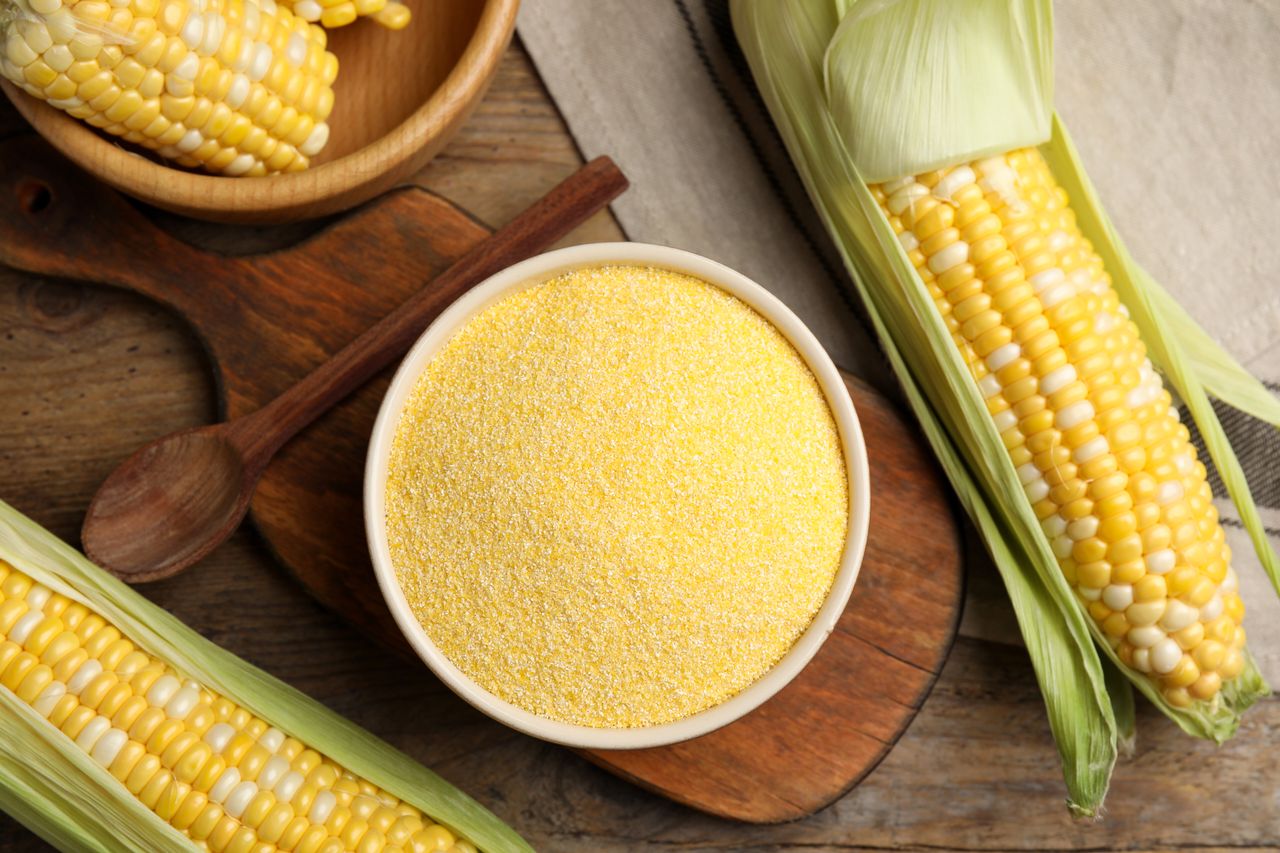

Articles
How To Store Corn Meal
Modified: December 7, 2023
Discover the best tips and tricks for storing corn meal in this informative articles. Find out how to keep your corn meal fresh and flavorful for longer.
(Many of the links in this article redirect to a specific reviewed product. Your purchase of these products through affiliate links helps to generate commission for Storables.com, at no extra cost. Learn more)
Introduction
Welcome to our guide on how to store cornmeal! Whether you’re an avid cook or someone who enjoys baking, having freshly stored cornmeal is essential for your kitchen. Cornmeal, which is essentially ground corn, can be stored for an extended period if you follow the right techniques. In this article, we will outline the steps needed to store cornmeal properly, ensuring its freshness and flavor remain intact.
Cornmeal is a versatile ingredient that can be used in a variety of dishes. It’s commonly found in recipes like cornbread, tamales, corn pudding, and even as a coating for fried foods. However, to fully enjoy the flavor and texture of cornmeal, it’s important to store it correctly.
Improper storage of cornmeal can lead to spoilage, loss of flavor, and even the growth of molds and pests. By following the steps outlined in this guide, you can ensure that your cornmeal stays fresh and usable for months to come. Let’s dive in!
Key Takeaways:
- Store cornmeal in airtight glass, plastic, or metal containers, away from moisture and heat, in a cool, dark location. Regularly monitor and maintain freshness for optimal culinary results.
- Safely use stored cornmeal by checking for freshness, sifting if necessary, measuring the quantity needed, and following recipe instructions. Enjoy the versatility and delicious flavor in your dishes!
Read more: How To Store Corn
Step 1: Choosing the Right Container
When it comes to storing cornmeal, choosing the right container is crucial. The container should be airtight, sturdy, and made of a material that will keep the cornmeal dry and protected from external elements. Here are a few options to consider:
- Glass Jars: Glass jars with tight-fitting lids are an excellent option for storing cornmeal. They are non-porous and won’t absorb any odors or flavors. Choose jars that have a rubber seal to ensure an airtight seal.
- Plastic Containers: Food-grade plastic containers with secure lids are another viable option. Look for containers that are BPA-free and have a tight seal. Avoid using containers that may be permeable to air or could potentially leach harmful chemicals into the cornmeal.
- Metal Containers: Metal containers, such as stainless steel or tin, can also be used to store cornmeal. Ensure that the container is food-safe and has a tight-fitting lid to prevent any moisture or pests from entering.
It’s important to note that the container should be thoroughly cleaned and dried before transferring the cornmeal. Any lingering moisture or residue can lead to spoilage or the growth of mold. Additionally, consider the size of the container based on the amount of cornmeal you intend to store. It’s best to choose a container that provides ample space to avoid overcrowding the cornmeal, which could lead to clumping or loss of freshness.
Once you have chosen a suitable container, label it with the date of storage. This will help you keep track of how long the cornmeal has been stored and ensure that you use the oldest cornmeal first.
By selecting the right container, you are taking the first step towards proper cornmeal storage. In the next step, we will discuss how to seal the container to maintain its freshness and quality.
Step 2: Properly Sealing the Container
Once you have chosen the right container for storing your cornmeal, the next crucial step is to properly seal it. This will help maintain the freshness, flavor, and texture of the cornmeal over time. Here are a few tips on how to effectively seal your container:
- Use airtight lids: Ensure that the lid of your chosen container fits securely and creates an airtight seal. This will prevent any air from entering the container, which can lead to moisture buildup and spoilage of the cornmeal.
- Consider double sealing: For an added layer of protection, consider using an additional sealant like plastic wrap or aluminum foil before closing the lid. This can help further prevent any moisture or pests from reaching the cornmeal.
- Remove excess air: Before sealing the container, remove any excess air by pressing down on the cornmeal or using a vacuum sealer. By minimizing the amount of air trapped inside, you can prolong the freshness of the cornmeal.
- Store in a cool, dark place: It’s important to store the sealed container in a cool, dry, and dark location. Exposing cornmeal to sunlight or fluctuations in temperature can cause the cornmeal to spoil or lose its flavor and nutritional value.
Proper sealing of the container is essential to keep the cornmeal fresh and protect it from external elements. It is recommended to check the seal periodically to ensure it remains intact. If you notice any signs of damage or a compromised seal, it’s best to transfer the cornmeal to a new container with a reliable seal.
Now that your cornmeal is securely sealed, let’s move on to the next step to ensure you have selected an appropriate storage location.
Step 3: Selecting an Appropriate Storage Location
Choosing the right storage location for your cornmeal plays a vital role in maintaining its freshness and quality over time. Here are some factors to consider when selecting an appropriate storage location:
- Avoid moisture: Cornmeal is highly susceptible to moisture, which can lead to mold growth and spoilage. Therefore, it’s essential to store the cornmeal in a dry environment. Avoid areas with high humidity or places near water sources such as sinks or dishwashers.
- Keep away from heat: Elevated temperatures can cause the cornmeal to spoil and lose its flavor. Avoid storing it near heat sources like stoves, ovens, or direct sunlight. Instead, opt for a cool storage location.
- Maintain consistent temperature: Fluctuations in temperature can also impact the freshness of cornmeal. It’s best to store it in a location with a stable temperature, ideally between 50°F to 70°F (10°C to 21°C).
- Dark and cool: To further protect the cornmeal from light exposure, store it in a dark and cool place. Light can cause oxidation and degradation of the cornmeal’s nutritional value and flavor.
- Avoid storing near strong odors: Cornmeal can easily absorb odors from surrounding items. Keep it away from strong-smelling spices, cleaning products, or any other strong odors that may affect its taste and quality.
An ideal storage location for cornmeal can be a pantry, cupboard, or a designated area in your kitchen that meets the above criteria. Ensure that the storage area is clean and free from pests to avoid any contamination of the cornmeal.
By selecting an appropriate storage location, you are providing optimal conditions for the cornmeal to remain fresh and flavorful. In the next step, we will explore how to monitor and maintain the freshness of the stored cornmeal.
Store cornmeal in an airtight container in a cool, dark place, such as a pantry or cupboard. This will help to keep it fresh and prevent it from absorbing any unwanted odors.
Step 4: Monitoring and Maintaining Freshness
Once you have properly stored your cornmeal, it’s important to monitor and maintain its freshness to ensure it remains usable for an extended period. Here are some tips on how to effectively monitor and maintain the freshness of your stored cornmeal:
- Check for signs of spoilage: Regularly inspect the stored cornmeal for any signs of spoilage, such as mold, off-putting smells, or unusual discoloration. If you notice any of these signs, discard the cornmeal immediately, as consuming spoiled cornmeal can lead to digestive issues.
- Rotate your stock: To prevent cornmeal from sitting for too long, practice the ‘first in, first out’ method. Use the oldest stored cornmeal first, ensuring that you have fresh cornmeal available for use.
- Keep cornmeal away from oxygen: Oxygen can accelerate the degradation of cornmeal. If you notice any air gaps in the container or signs of spoilage, consider transferring the cornmeal into a smaller container or one with a tighter seal to minimize exposure to oxygen.
- Store in smaller quantities: It’s best to store cornmeal in smaller quantities rather than large batches. By doing so, you reduce the chances of exposing a large amount of cornmeal to air each time you open the container.
- Consider freezing for long-term storage: If you want to extend the shelf life of your cornmeal, consider transferring a portion of it into a freezer-safe container and storing it in the freezer. Frozen cornmeal can last up to a year without significant loss of quality.
By staying vigilant and regularly monitoring the stored cornmeal, you can ensure its freshness and quality. If properly stored and maintained, cornmeal can last for several months without any noticeable changes in taste or texture.
Now that you know how to monitor and maintain the freshness of your stored cornmeal, let’s move on to the final step – using the stored cornmeal safely.
Read more: How To Store Corn Bread
Step 5: Using Stored Cornmeal Safely
Now that you have successfully stored your cornmeal, it’s important to use it safely to ensure the best culinary experience. Here are some guidelines to follow when using your stored cornmeal:
- Check for freshness: Before using the stored cornmeal, visually inspect it for any signs of spoilage, such as discoloration, mold, or foul odor. If you notice any of these signs, discard the cornmeal immediately.
- Sift if necessary: Over time, cornmeal may clump or become compacted. If you notice any clumps, sift the cornmeal before using it to ensure a smooth and even texture in your recipes.
- Measure the quantity needed: Measure the required amount of cornmeal for your recipe. Avoid taking more than needed from the storage container to minimize exposure to air and maintain the freshness of the remaining cornmeal.
- Store leftovers properly: If you have any leftover cornmeal, transfer it into a clean, airtight container for future use. Ensure the container is properly sealed and stored following the previous steps to maintain its freshness.
- Follow recipe instructions: When using your stored cornmeal, follow the recipe instructions carefully to achieve the desired results. Different recipes may require specific types of cornmeal, such as fine or coarse grind, so ensure you select the appropriate type.
- Use within recommended time frame: While properly stored cornmeal can last for several months, it’s best to use it within the recommended time frame for optimal flavor and quality. Refer to the packaging or consult reliable sources to determine the recommended storage duration.
By following these guidelines, you can safely use your stored cornmeal and enjoy its delicious flavor in various recipes. Remember, proper storage and usage practices ensure the best results when using stored ingredients.
With these steps, you now have a comprehensive guide on how to store cornmeal properly. By choosing the right container, sealing it effectively, selecting an appropriate storage location, monitoring freshness, and using the stored cornmeal safely, you can enjoy the benefits of fresh cornmeal for an extended period.
So go ahead and stock up on cornmeal, knowing that you have the knowledge to store it properly and make the most out of your culinary creations!
Conclusion
Properly storing cornmeal is essential to maintain its freshness, flavor, and quality over an extended period. By following the steps outlined in this guide, you can ensure that your cornmeal remains usable and enjoyable for months to come.
Choosing the right container, such as glass jars, plastic containers, or metal containers, is the first step in storing cornmeal. These containers should be airtight and capable of keeping the cornmeal dry and protected from external elements.
Properly sealing the container is crucial to maintaining the freshness of the cornmeal. Using airtight lids, considering double sealing, and removing excess air are effective techniques to prevent moisture and pests from entering the container.
When selecting an appropriate storage location, it’s important to keep the cornmeal away from moisture, heat, and strong odors. Opt for a cool, dark place with stable temperatures to preserve the cornmeal’s freshness and nutritional value.
Monitoring and maintaining the freshness of the stored cornmeal involves regularly checking for signs of spoilage, rotating the stock, minimizing exposure to oxygen, and storing in smaller quantities. By following these practices, you can ensure that your cornmeal remains fresh and usable.
Lastly, using the stored cornmeal safely involves checking for freshness before every use, sifting if necessary, measuring the required quantity, and storing leftovers properly. Following recipe instructions and using the cornmeal within the recommended time frame will ensure the best results in your culinary creations.
By implementing these steps and guidelines, you can store cornmeal with confidence, knowing that it will maintain its quality and enhance your dishes. So go ahead, stock up on cornmeal, and enjoy the versatility and deliciousness it brings to your kitchen!
Frequently Asked Questions about How To Store Corn Meal
Was this page helpful?
At Storables.com, we guarantee accurate and reliable information. Our content, validated by Expert Board Contributors, is crafted following stringent Editorial Policies. We're committed to providing you with well-researched, expert-backed insights for all your informational needs.
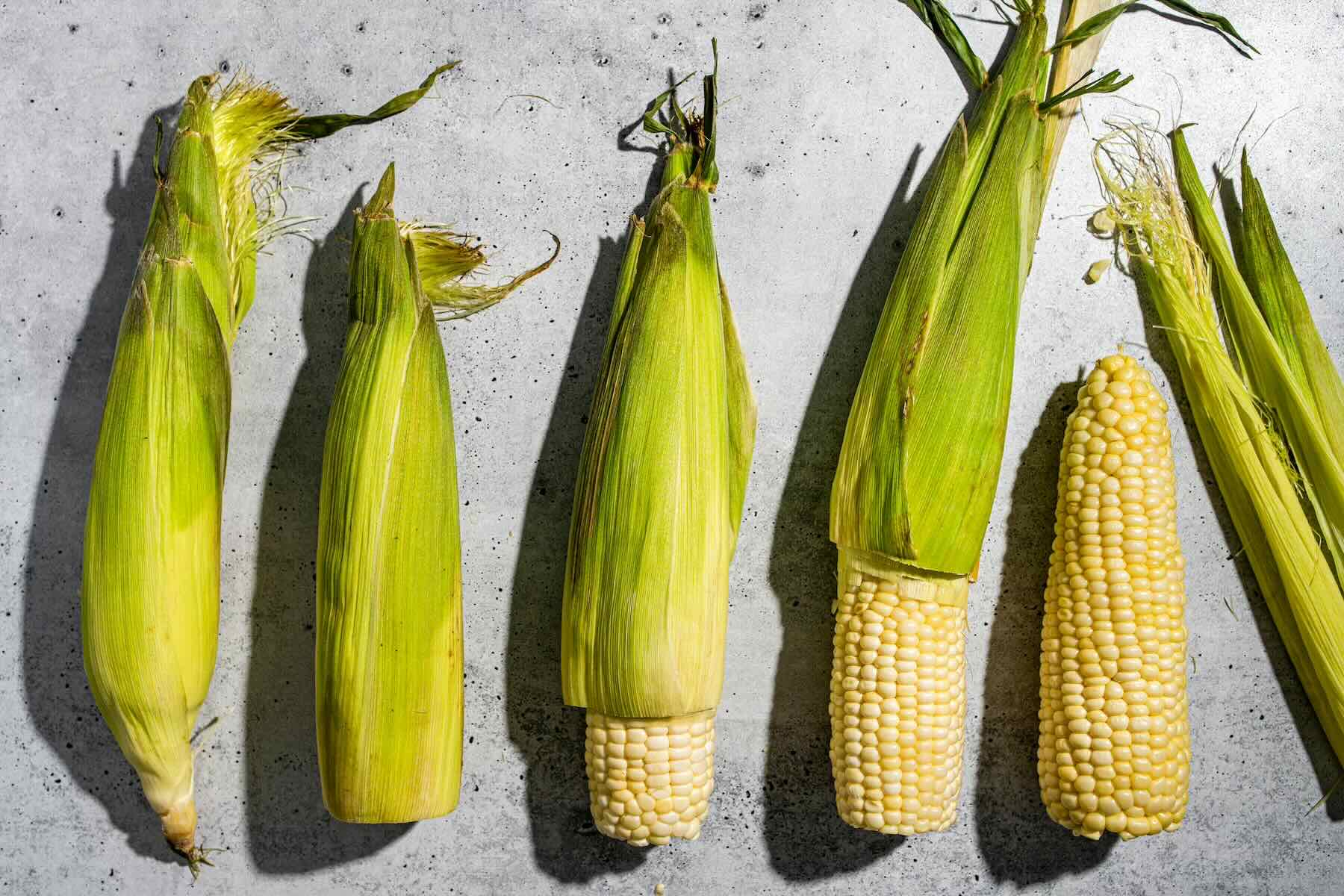
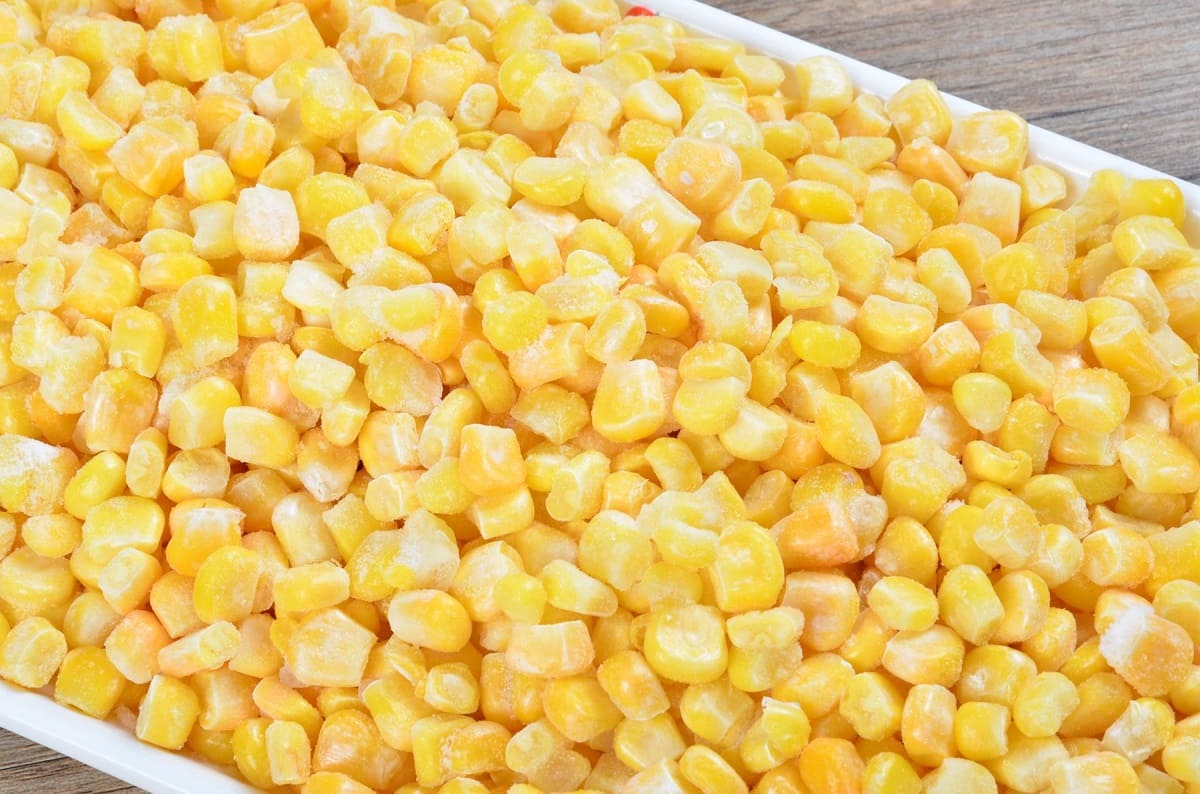
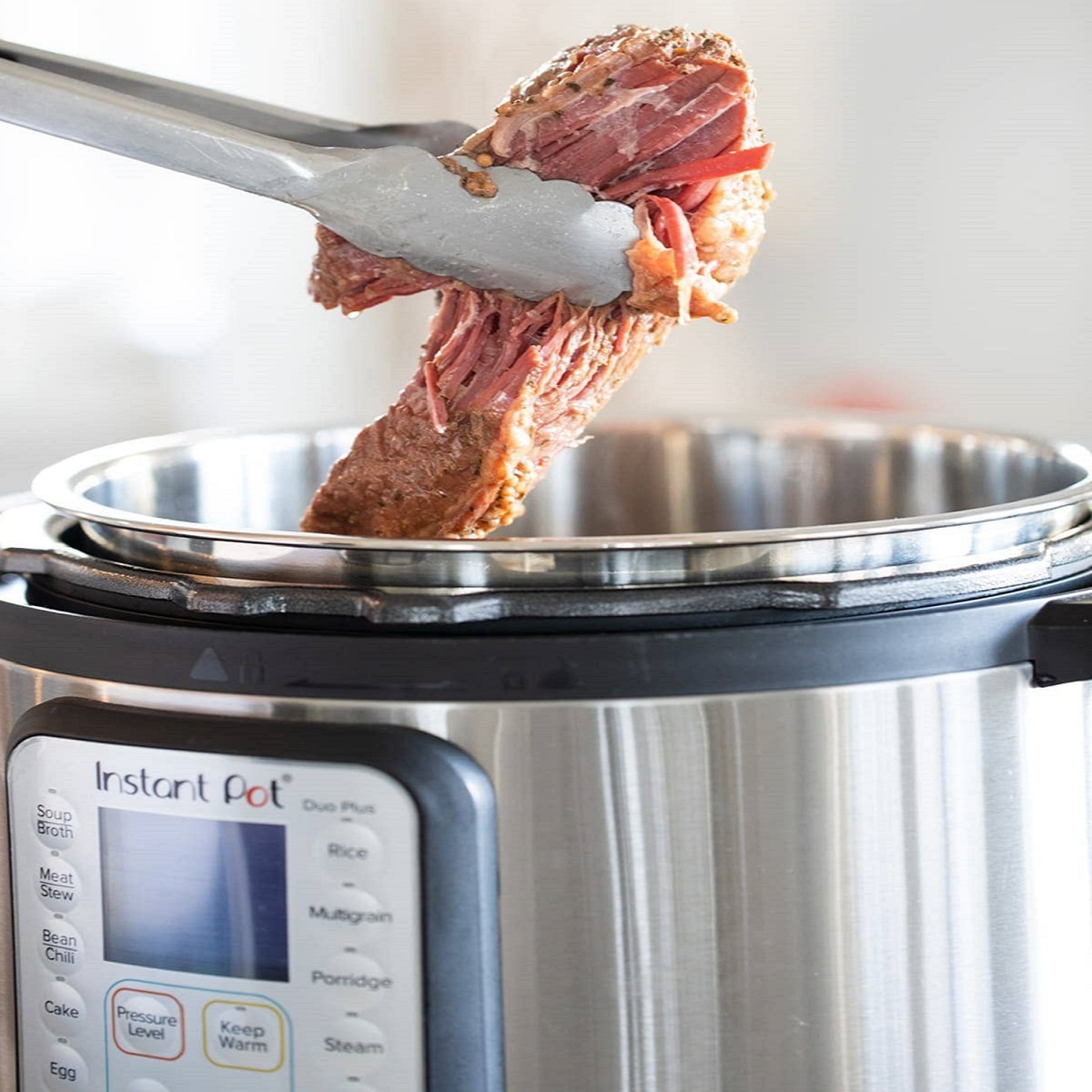


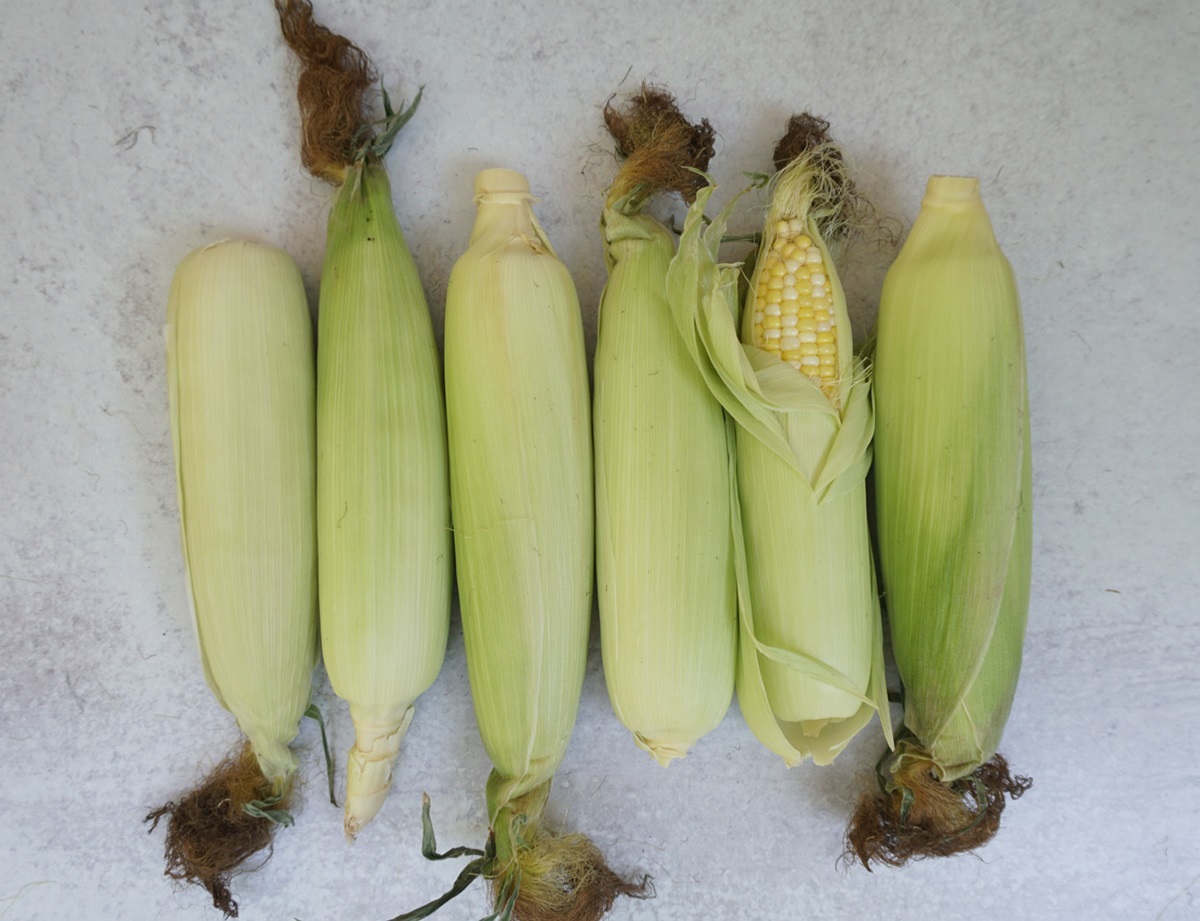

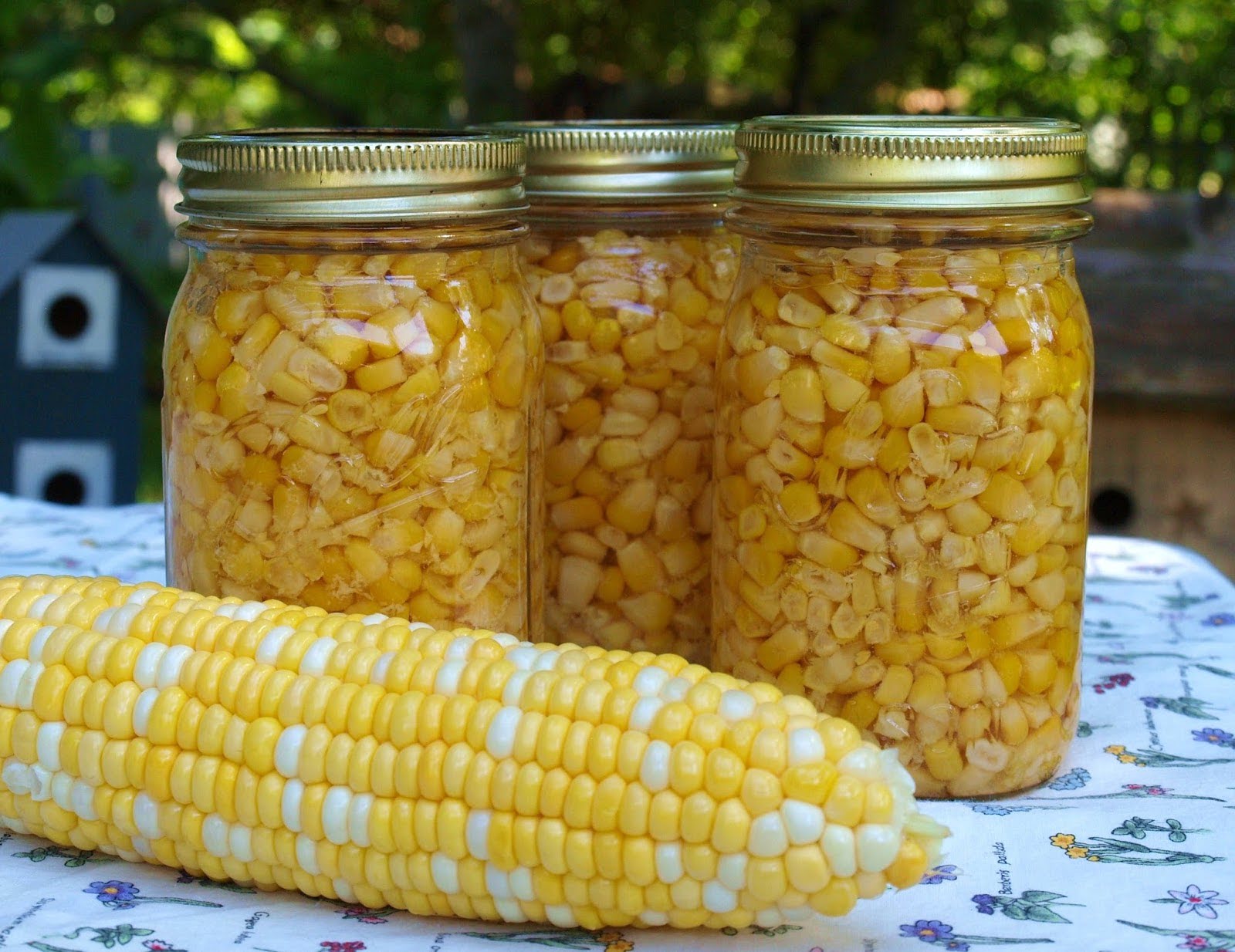
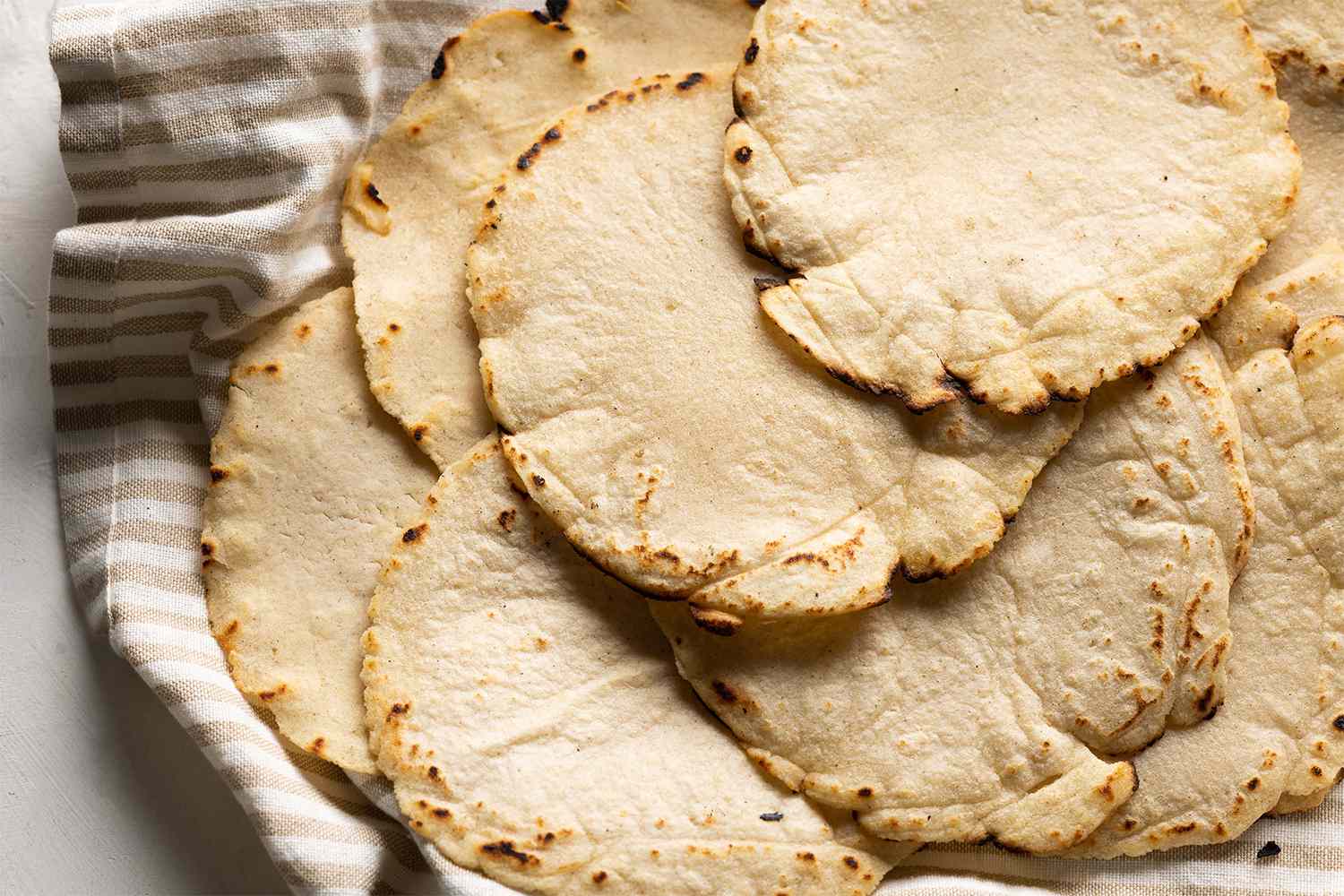
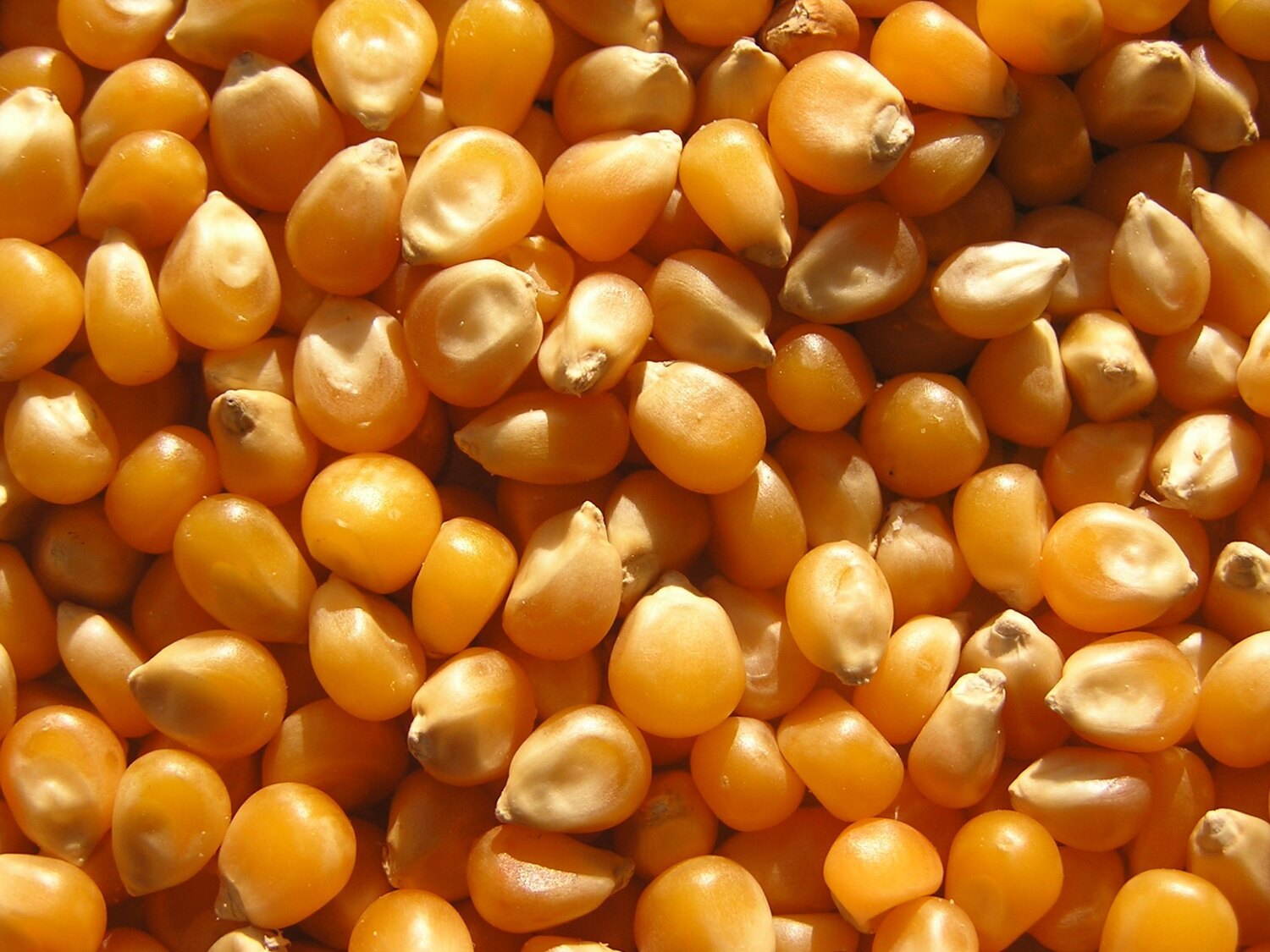
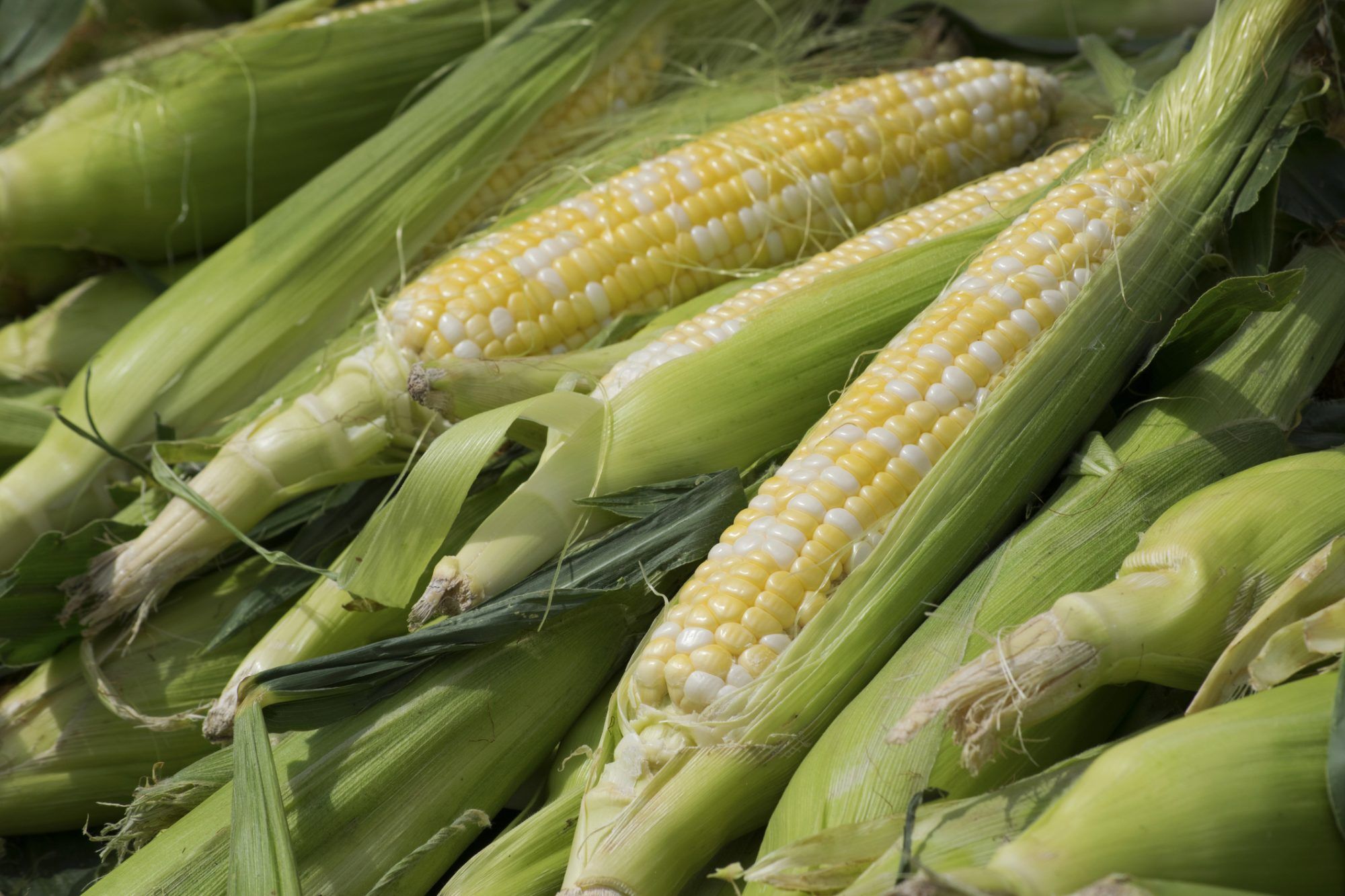
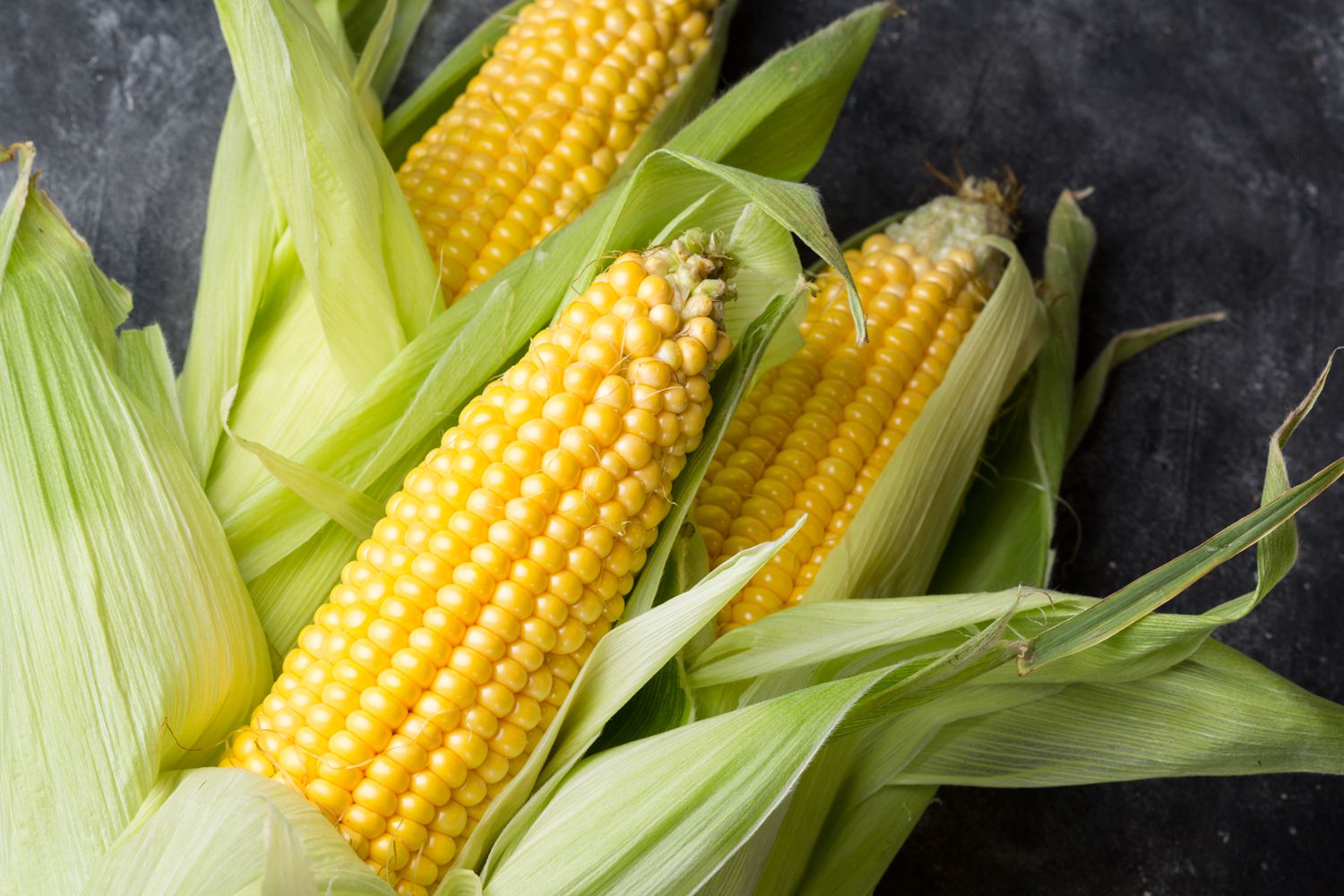
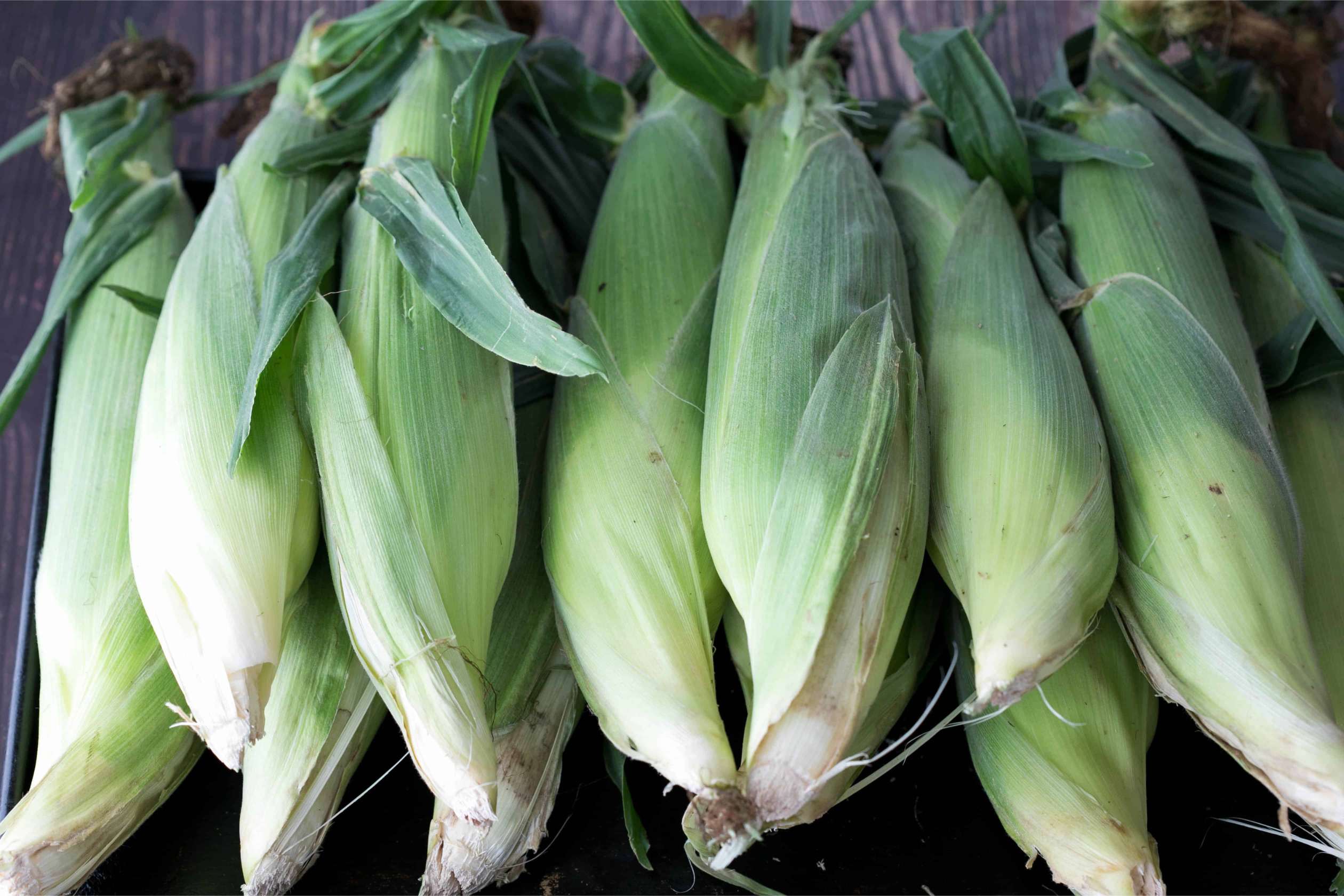
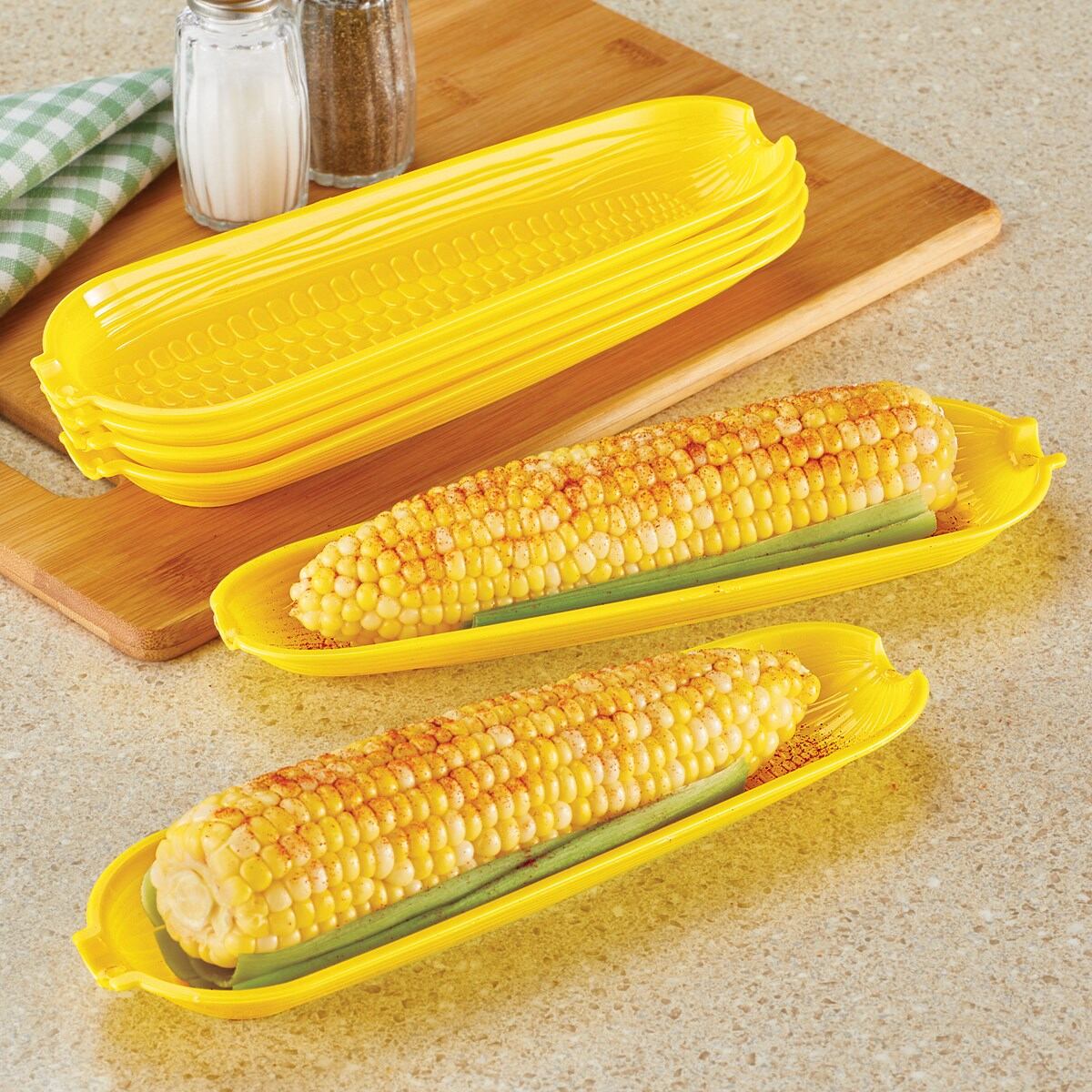

0 thoughts on “How To Store Corn Meal”